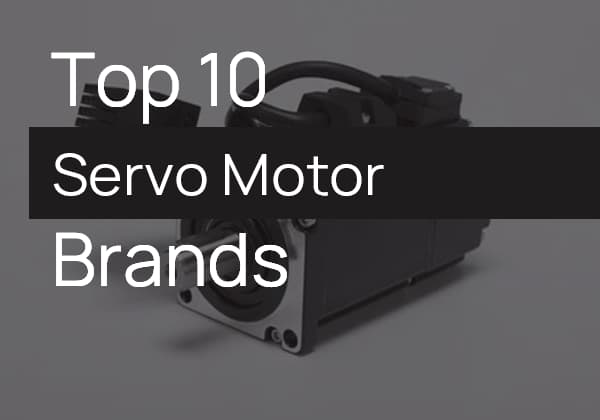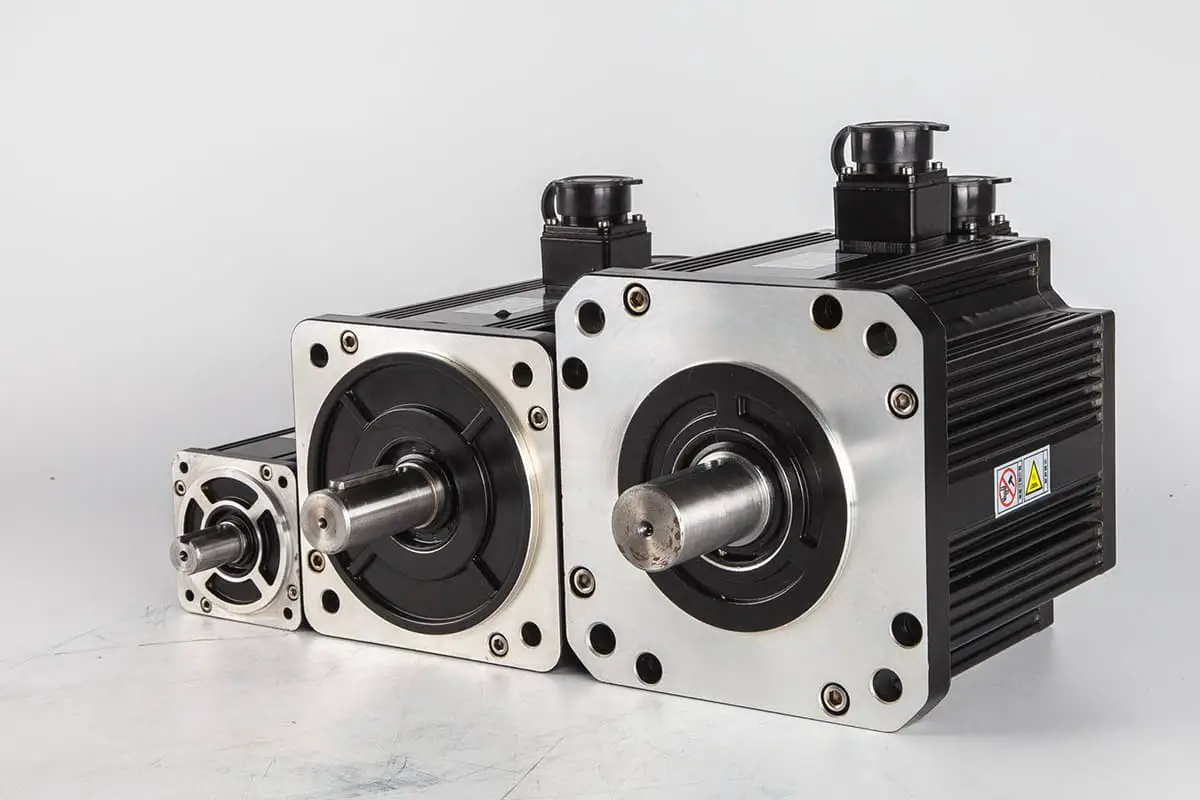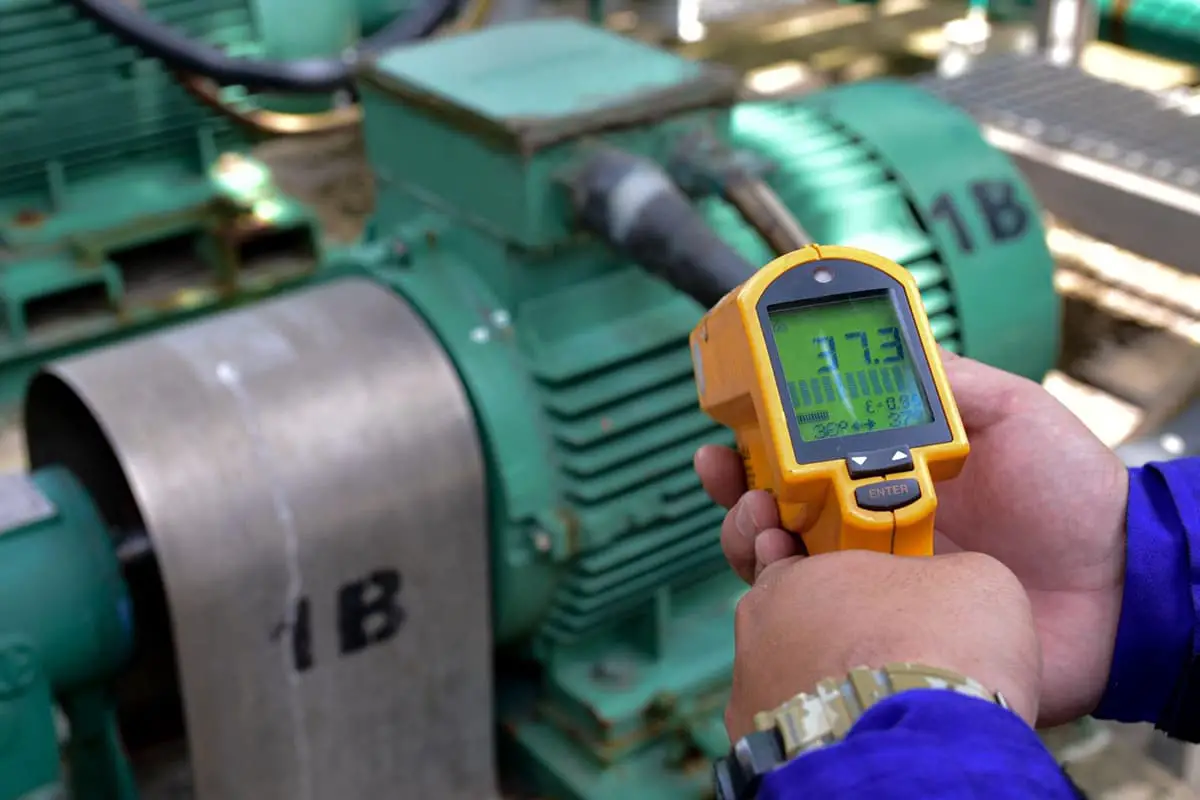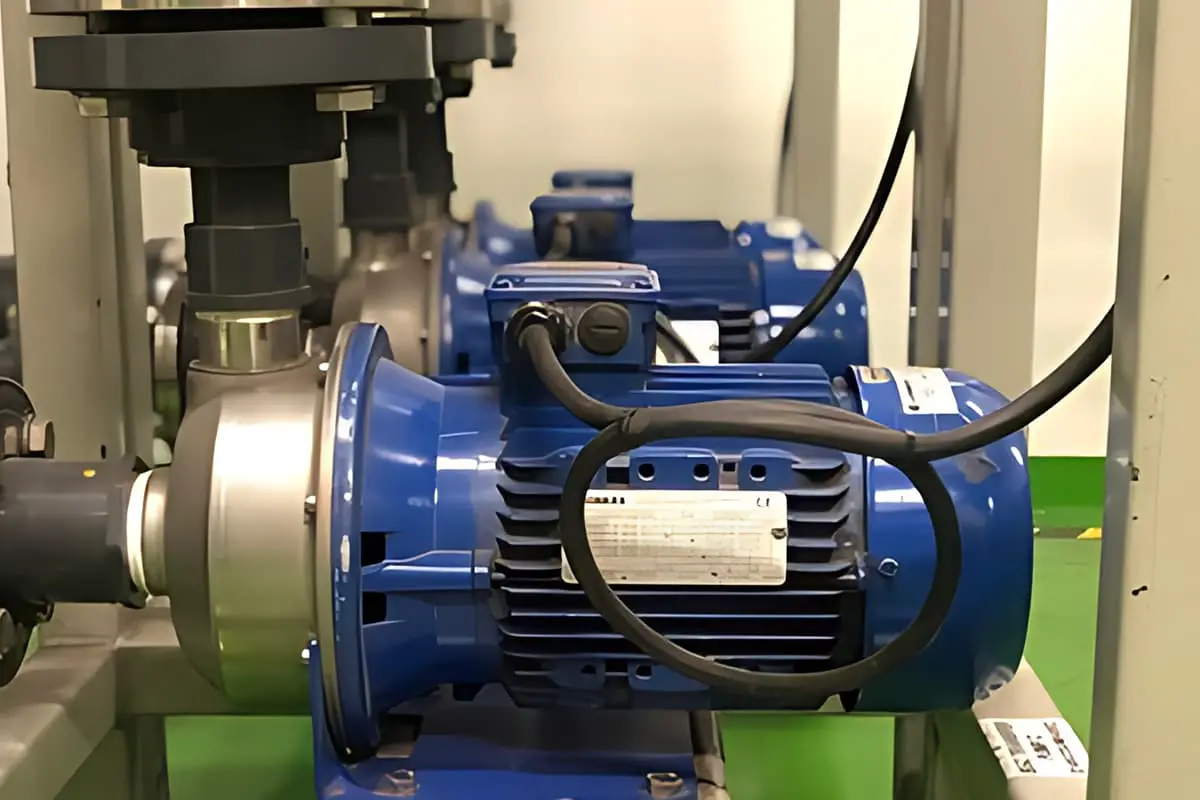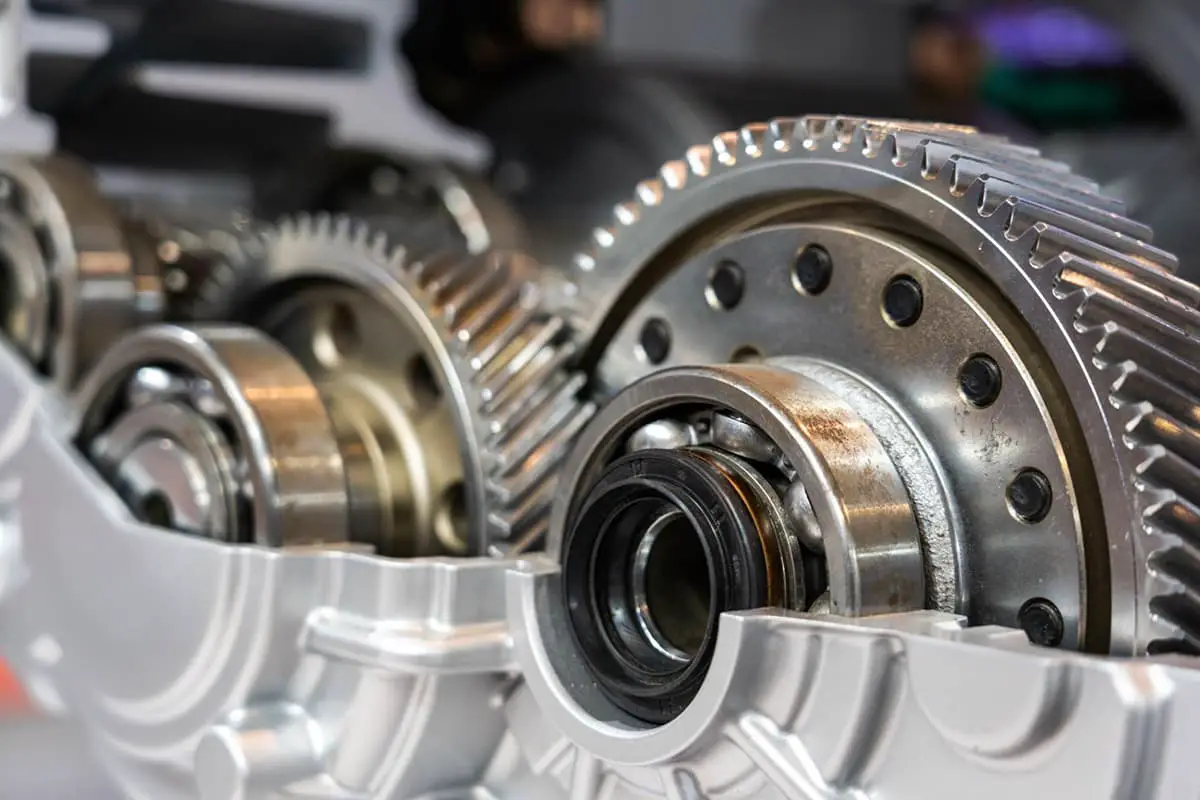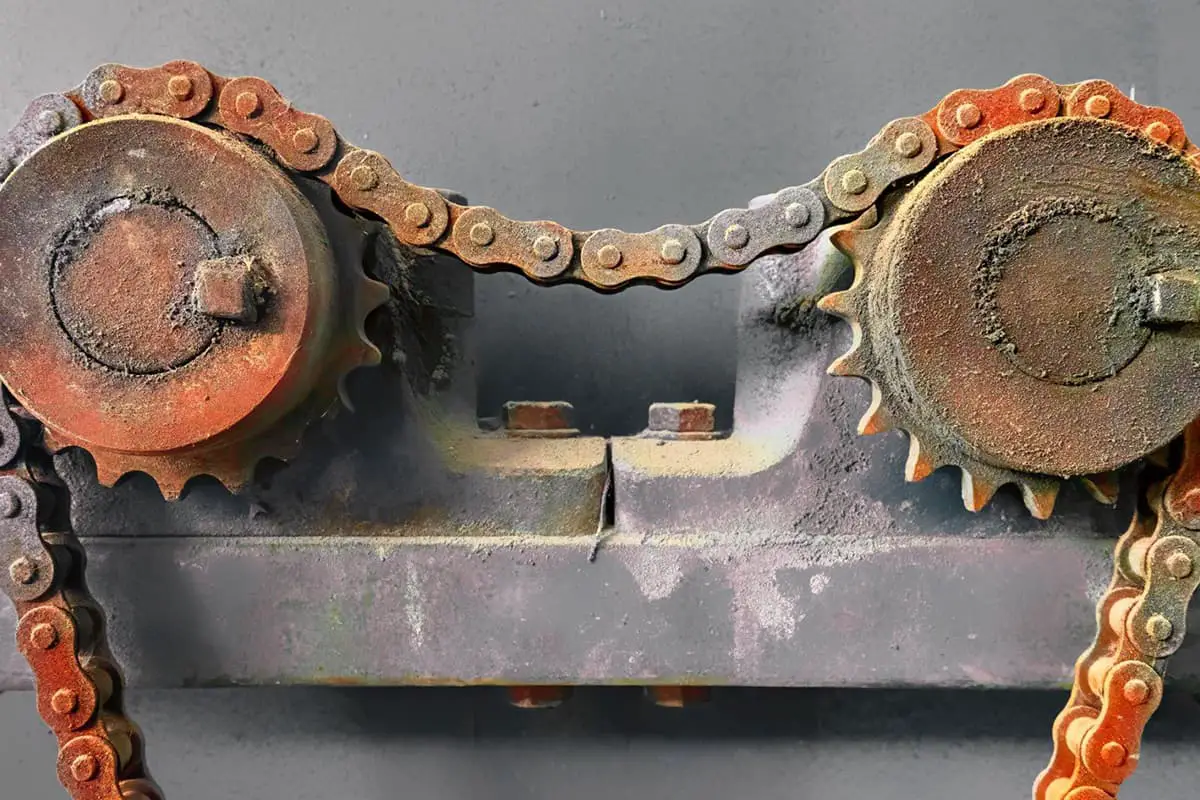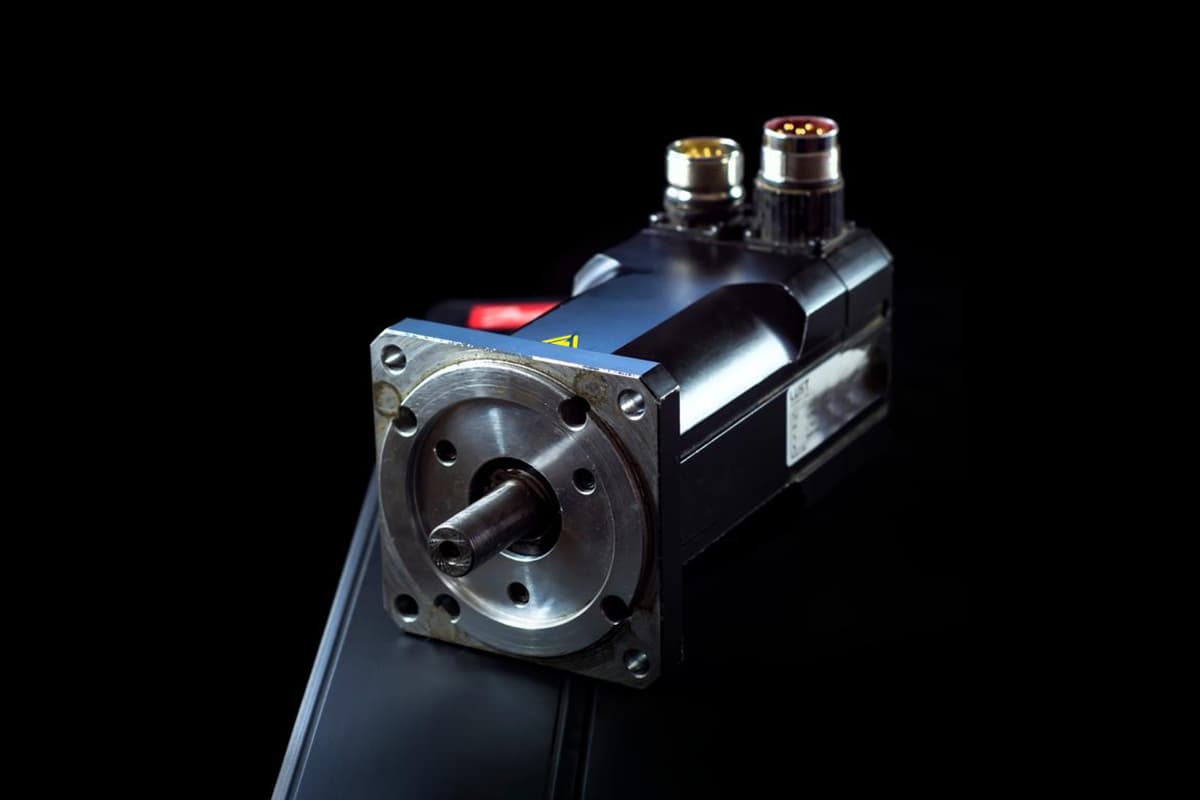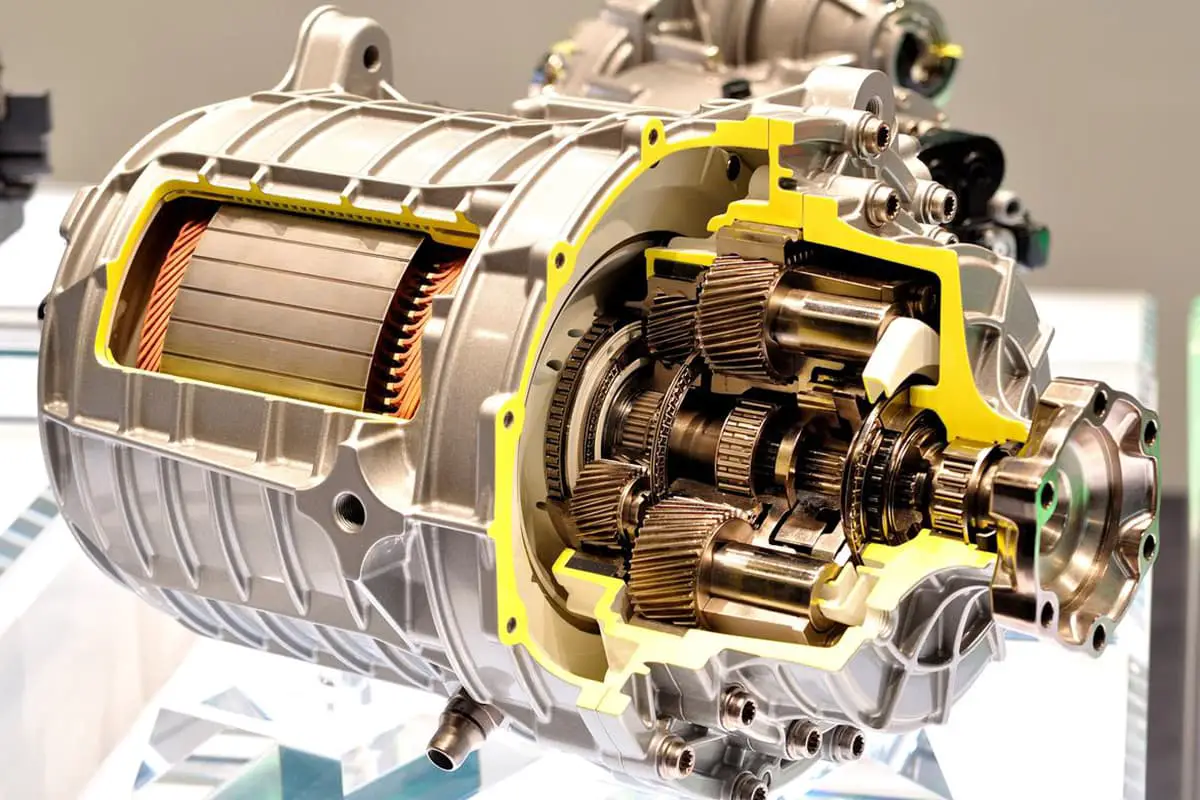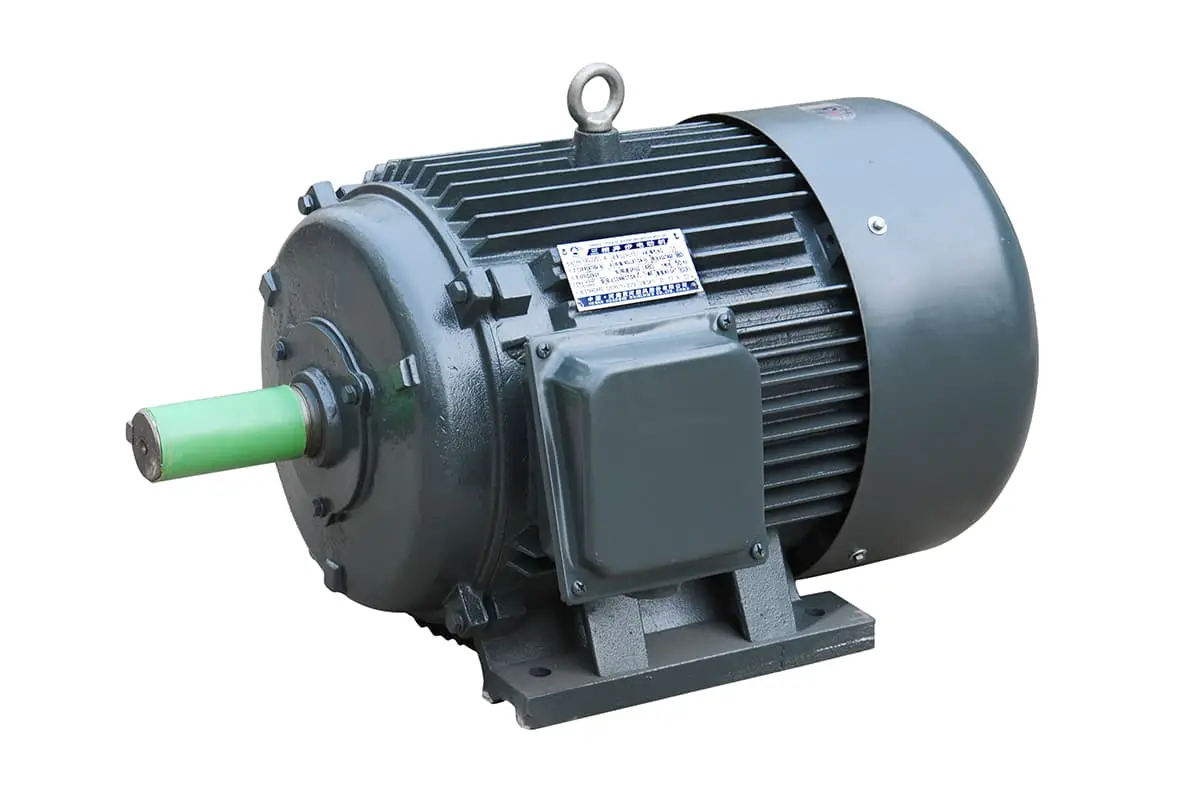
Have you ever wondered how to pinpoint the exact source of that mysterious noise coming from your motor? This article dives into practical methods for identifying motor bearing noise using just your ears. You’ll discover how subtle vibrations can reveal critical issues and learn effective techniques for maintenance and troubleshooting. Join us as we explore the art of listening to motor bearings and equip yourself with the skills to ensure your machinery runs smoothly.
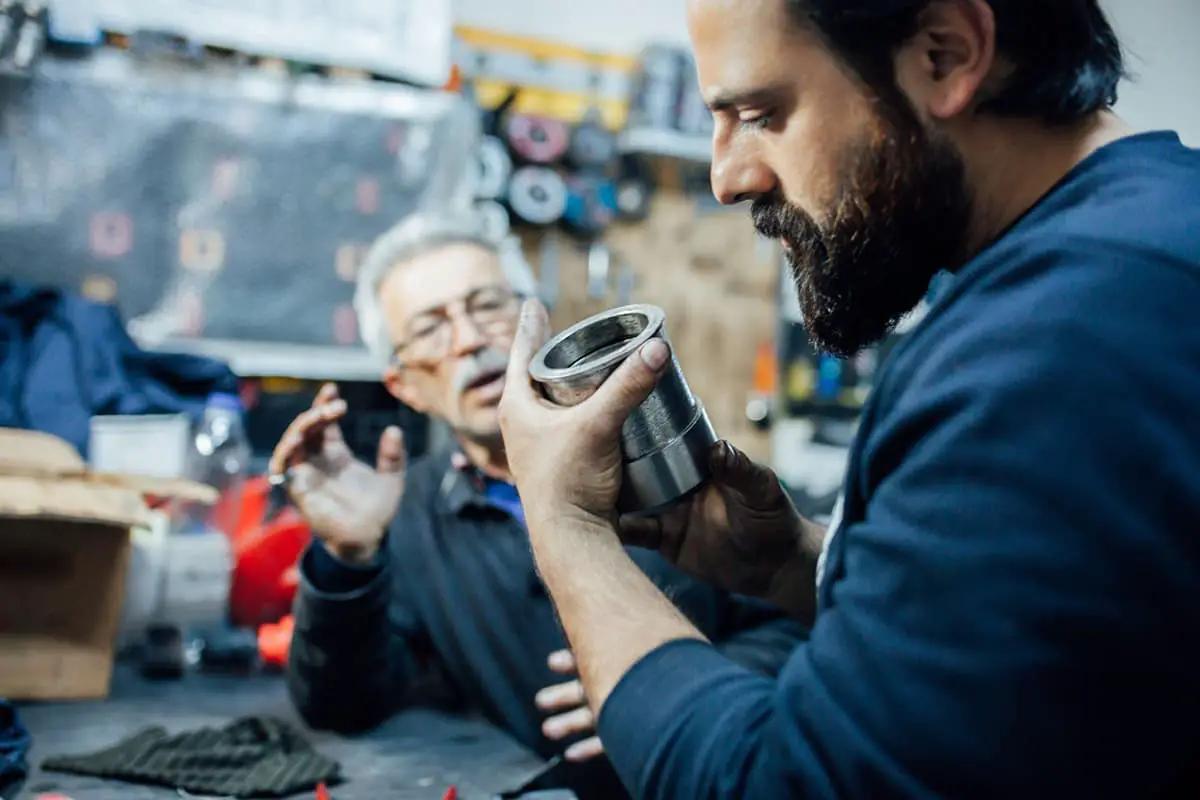
Generally, motor noise is measured by setting up sound measuring devices in a standardized testing environment, and then the noise level of the motor is obtained through certain corrections and calculations.
This process involves specific requirements concerning the testing environment, equipment, methods, and calculation adjustments. It’s crucial for motor engineers to understand these aspects instead of simply using a microphone for straightforward measurements.
Even so, what motor engineers measure is still the noise of the motor, not the bearing noise. We know that motor noise includes electromagnetic noise and mechanical noise, with a significant portion of the latter being the noise generated by the cooling fan. These noises largely “mask” the noise of the bearings, acting as background interference.

Bearing standards also include test methods for bearing noise. However, the bearing detection equipment generally used in motor factories involves installing the bearing on a test head, applying a load, and then converting the signal into numerical values or transmitting it to a loudspeaker for testing.
In reality, this is a vibration tester for motor bearings, not a noise tester. Even if the tester hears the sound coming from the speaker, this sound is still a conversion of the vibration signal, not direct noise.
Nevertheless, when the bearing is installed in the motor and the motor rotates, the load conditions the bearing experiences are completely different from those on the test bench. This leads to a different noise performance of the motor bearing.
Many manufacturers have encountered situations where bearings pass the “test bench” inspection but still make noise when installed in the motor. This confusion arises from the difference between the test bench conditions and the actual conditions of the motor bearing, as well as the difference between “vibration” and “noise” measurements.
Specialized bearing noise tests, like motor noise tests, have their requirements for the environment, testing equipment, testing methods, and calculation adjustments. It’s challenging for normal motor factories to do this.
For bearings, all other noises from the motor are test condition interferences, or background noise. If the background noise of motor bearing noise can be corrected by calculation, then the structure of the motor itself presents a considerable challenge to bearing noise. For example, the end cap of the motor bearing creates a certain level of noise obstruction.
Does this mean that the noise of motor bearings on-site cannot be assessed or evaluated? Especially from a maintenance perspective, how should motor bearing noise be measured and heard?
In fact, there are methods available.
Firstly, due to the high environmental requirements for noise measurement and its susceptibility to interference, the focus in practical failure analysis or equipment maintenance often shifts from noise to vibration. In routine maintenance of motor bearings, if engineers are concerned about potential bearing failures, vibration detection is a more direct and effective method than so-called noise measurement.
However, if motor manufacturers are more concerned about the overall “auditory feel” of the motor, dedicated noise testing is still necessary. Regarding auditory noise measurement, there is an issue related to equal-loudness contours, which will be discussed in detail in a subsequent article. Let’s first talk about the method of measuring the “noise” of potential failures.
Regarding the on-site measurement of the “noise” (actually vibration) of potential failures:
a) The most reliable method for vibration testing currently is to use vibration sensors and corresponding analysis equipment. There are many manufacturers of such equipment.
Generally speaking, time-domain and frequency-domain methods can be used for detailed analysis to identify possible causes of failure. (This involves more specialized knowledge of condition monitoring, which will be expanded upon in subsequent articles, so it’s overlooked here.)
b) However, there are many on-site monitoring requirements that are not so detailed. For example, worker patrols. If there is no vibration monitoring equipment, how should it be handled?
In fact, the most common inspection method is the “stethoscope”. Even with a stethoscope, if the engineer does not understand its principle of use, the result often heard may not be the real one. As mentioned earlier, even with a “stethoscope”, we are still doing “vibration inspection” instead of “noise inspection”.
Therefore, when listening, one end of the stethoscope should only be pressed against the inspection part, and the other end should only be pressed against the outer ear bone. In this way, there is a “rigid” connection from the inspection part to the ear bone, instead of an air connection. This eliminates interference from the “noise” of other components.
What we are actually listening to here is “vibration”, not “noise”. One of the key reasons for doing this is to eliminate interference noise transmitted through the air.
Although this method is commonly used, the detail lies in whether or not to “press tightly”. Just through this difference, it can often be seen on site whether an engineer understands the principle of this measurement method. Experienced engineers can often distinguish some abnormalities inside the bearings from the “vibration” transmitted by the stethoscope.
Once the correct method of “listening to the noise” on site is mastered, all subsequent analyses of motor bearing noise and vibration will become more targeted and timely. Many engineers on site discuss various issues for a long time, only to find that they are not talking about the same thing in the end. Therefore, to avoid this situation, the small step of “listening” is actually very useful.

